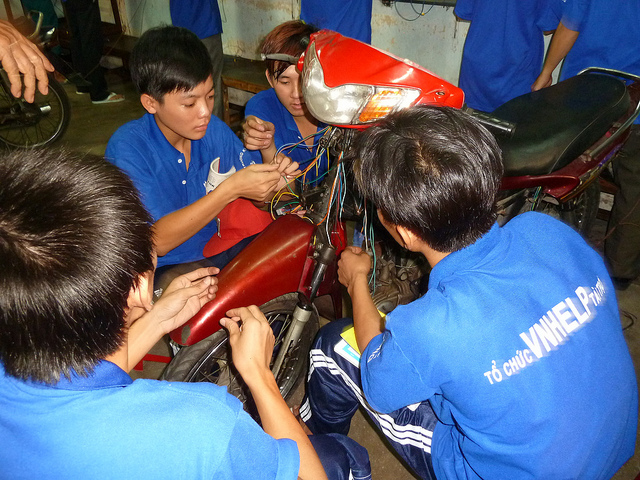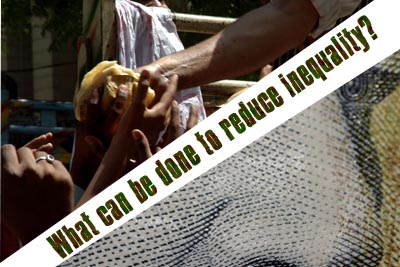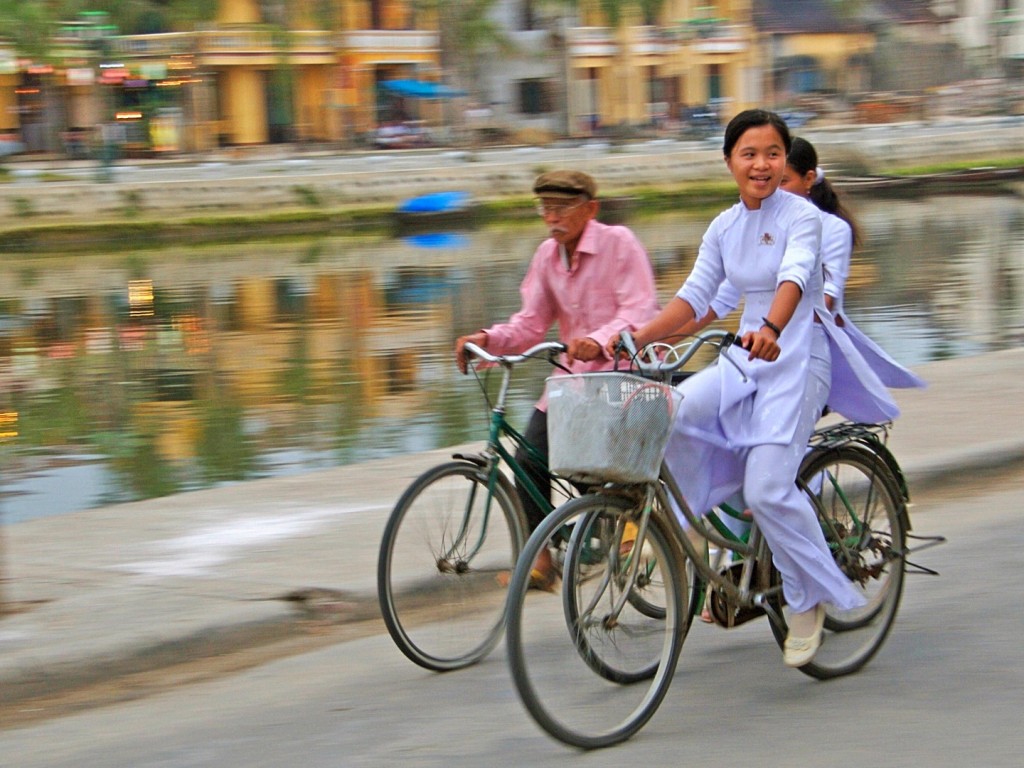In 2014, 209 women in Hop Hoa Village, Tam Duong District, Vinh Phuc Province took out small loans from VNHELP’s micro-finance program
- Home
- About Us
- About Vietnam
- What We Do
- Our Impact
- How You Can Help
- Our Donors
- Our Partners
- News & Media
- Past Newsletters
Categories
Tags
international and community development in Vietnam
Archive for the ‘Economic Development’ Category
VNHELP’S Micro-finance Program
Tuesday, October 27th, 2015Vocational Training Cycle 3 Wraps Up
Tuesday, October 22nd, 2013Congratulations to the 30 youths who took part in our third motorbike vocational training cycle! The 30 youths underwent 390 hours of practical training and 150 hours of theoretical training as part of an intensive mechanics training course. All 30 students made it through the course and many of them have already secured employment with their new-found skills. Big props to these youths for their patience and hard work. We’re wishing them a bright future while keeping up with the fourth cohort of students who began their training on September 15th! See more pictures after the jump!

Oxfam: The World’s Richest Could End Poverty With Their Bank Accounts
Thursday, January 24th, 2013Resilient Dynamism: What Vietnam Needs Now
Tuesday, January 22nd, 2013Later this week, a group of world leaders and renowned economists will gather in conference rooms and workshops to discuss the state of the global economy. In particular, they will focus on the idea of “Resilient Dynamism,” this year’s theme at the World Economic Forum (WEF), happening January 23 – 27 in Davos, Switzerland.
In the context of their meeting, “resilient dynamism” refers to a country’s capability to adapt to changing conditions, withstand sudden shocks, and recover to a desired equilibrium in the event of inertia.
In advance of their annual meeting, the WEF also released the “Global Risks” report, which identifies both the global risks that have the greatest likelihood of occurring (these include severe income disparity, chronic fiscal imbalances, rising greenhouse gas emissions, water supplies crisis and mismanagement of aging population) and the risks that would have the greatest impact should they occur (these include major systemic financial failure, water supply crisis, chronic fiscal imbalance, food shortage, and weapons of mass destruction). Their conversations will be holistic, looking not just at isolated areas of concerns, but at how economic, environmental, governance, infrastructure and social systems relate and affect one another.
Looking through the WEF’s meeting programme, we at VNHELP can’t also help but contemplate what resilient dynamism means for Vietnam, its development, and the lives of the poor people we seek to assist.
Weekly News Roundup: First Week of January 2013
Friday, January 11th, 2013The weekly news roundup is back! In the first full week of the new year, we’ve already got a lot of interesting things to catch you up on. Check out some of our selected readings below!






